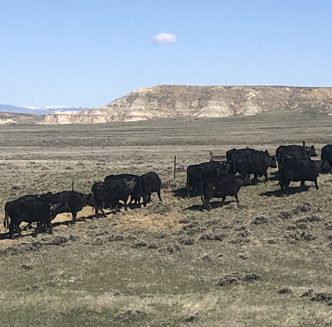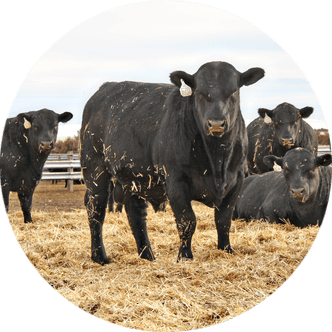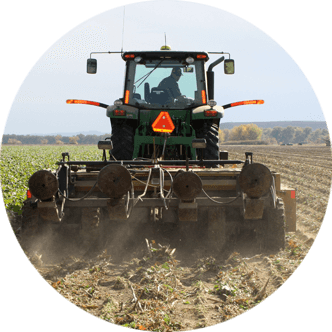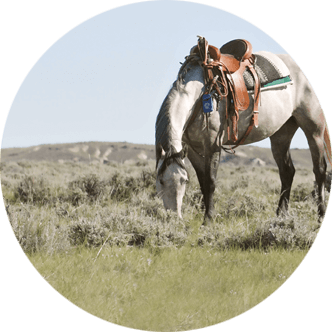Sugar Outlook: USDA provides insight into the sugar industry
During the U.S. Department of Agriculture’s (USDA) 101st Annual Agricultural Outlook Forum held Feb. 27-28 at the Crystal Gateway Marriott in Arlington, Va., a panel of experts discussed the current state and the future outlook of the U.S. refining sector and various perspectives on cane and beet sugar.
Prior to the forum, USDA released its February World Agricultural Supply and Demand Estimates (WASDE) report, which slightly lowered its forecasts for 2024-25 U.S. sugar production, imports and deliveries, resulting in a drop in ending stocks and lower production, also forecast for Mexico.
Presenting on the sugar outlook was American Sugarbeet Growers Association President Neil Rockstad and Medine Farms, Inc. Chief Executive Officer Travis M. Medine who provided an overview of the increasing costs to produce cane sugar.
Increasing costs
Rockstad started his presentation by recalling a conversation with his wife, who noted the cost of a new tractor was greater than the value of their house, referencing the rising cost of essential farm equipment.
Labor and machinery were among the highest costs in farm budgets, and much of the machinery for sugarbeet or sugarcane cultivation is highly specialized, he mentioned.
“All of our harvest and processing equipment – especially in the sugarcane industry – is specific to that crop and that crop only,” he added. “There is a large upfront investment for farming implements, but the cost to fuel and maintain them is also extremely high, especially when field work requires multiple tractors. It costs $1,000 a day to fuel just one tractor.”
Rockstad highlighted the changes in farm equipment costs between 2018-25, noting the price of a 340 HP tractor rose by 54 percent, while the cost of a 24-row planter increased by 41 percent.
The most significant increase was observed in the cost of a 132-foot sprayer, which surged by 70 percent since 2018.
Modern farming techniques and advancements in on-farm practices have greatly enhanced efficiency and diminished reliance on inputs like fertilizers and crop protection tools. However, it is important to acknowledge these innovations can entail significant costs, he explained.
“We’re pledging our farms, our land, our houses and our machinery against a short-term operating loan, hoping we can make it to the end of the season without a crop disaster or a significant price downturn,” he said.
Rockstad emphasized crop insurance is a vital risk management tool aiding in recovery after a crop disaster. However, it does not cover all expenses associated with planting and cultivating crops or the income lost during the time.
He concluded, “Industry costs have increased well over 30 percent in the last seven years, and the industry needs a safety net – one that is adaptive to increasing costs – or we will not survive. Congress needs to pass a five-year farm bill to provide us with confidence to continue investing in a crop.”
Areas of concern
Medine, a fifth-generation commercial sugarcane grower from Louisiana, revealed his home state has about 400,000 acres planted in sugarcane among 25 parishes, with 11 raw sugar mills and two refineries.
“Overall Louisiana sugar production is above two million tons of refined sugar, or approximately 20 percent of total U.S. domestic production,” he stated. “Louisiana sugarcane supplies enough sugar for 55 million people, contributes $4.2 billion annually to the U.S. economy and generates about 20,000 good jobs for individuals.”
He went on to address important concerns among the sugar industry, including succession planning to continue family farming and weather threats. He emphasized Rockstad’s worries about increasing labor and equipment costs.
“Crop insurance helps, but it is expensive,” Medine stated. “In crop year 2024, sugarcane farmers in Louisiana paid more than $13.5 million in premiums over 460,000 acres, or around $29.65 per acre.”
Due to hurricane damage in 2024, crop insurance indemnities totaled $96.76 million, or $209.90 per acre on average, he continued.
Medine reported crop insurance has increased significantly, and the fixed costs of production have also risen, climbing from just under $800 per acre in 2014 to over $1,000 per acre in 2024.
Additionally, variable costs and land have increased by approximately $200 over the past 10 years.
“Data from Louisiana State University reports general variable costs have increased by 36 percent over the past five years, land rent is up about 39 percent, fixed costs are up 90 percent and total costs are up 48 percent,” he explained.
To combat these challenges, Medine suggests improving trade policies by leveling the playing field for U.S. farmers against heavily subsidized foreign sugar production and implementing a stronger safety net for the sugar industry, reflecting current and future production costs.
Melissa Anderson is the editor of the Wyoming Livestock Roundup. Send comments on this article to roundup@wylr.net.





